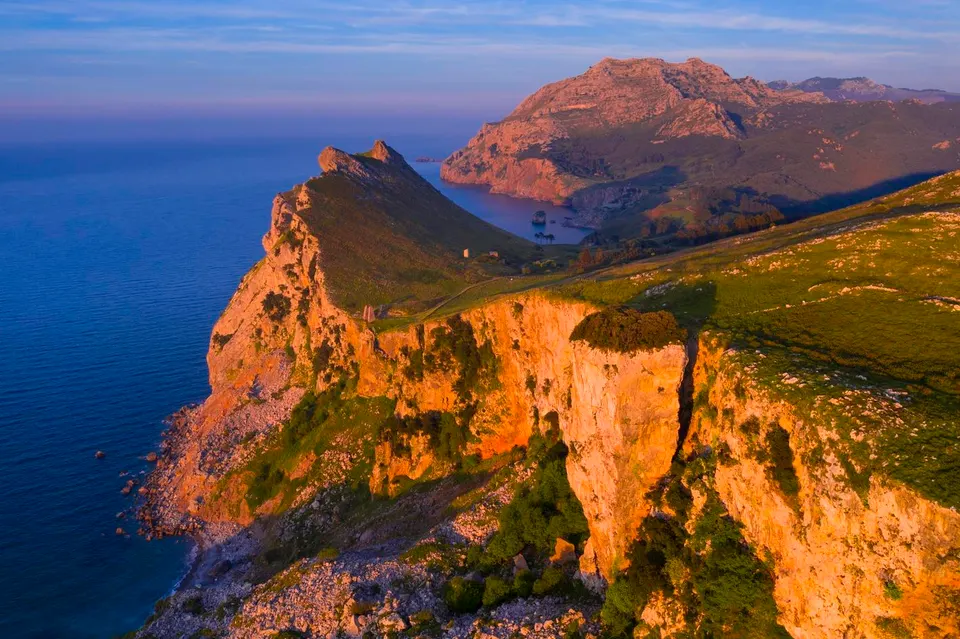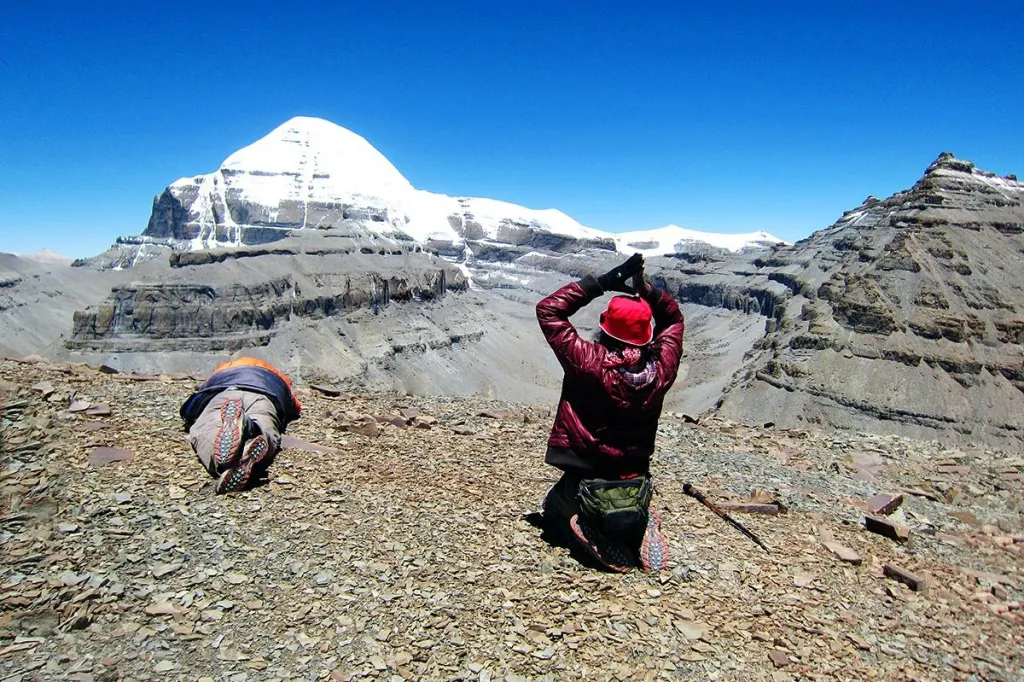
A New Kind of Pilgrimage: From Spiritual Duty to Personal Healing

In a world consumed by screens, speed, and stress, Gen Z is quietly reviving something ancient: the pilgrimage. But this time, it’s not always about religion. Today’s young travelers are hitting sacred trails, seeking out remote retreats, and stepping away from daily chaos, not to find God, necessarily, but to find themselves.
Across continents, the concept of pilgrimage is being reimagined. While older generations may have associated it with religious obligation, Gen Z sees it as a form of escape, healing, and purpose. From the Camino de Santiago in Spain to spiritual treks in the Himalayas, the modern pilgrim packs not just a water bottle, and journal, but often a smartphone, tarot deck, and a deep yearning for clarity.
Why Are They Walking Away from the World?
The reasons are deeply personal, and also profoundly generational. This is a cohort burdened by climate anxiety, career uncertainty, and digital burnout. Many grew up watching institutions falter, from political systems to traditional religion. As church attendance declines, Gen Z is turning inward, and outward at once, seeking community, but on their own terms.
Pilgrimages offer more than a break from the noise. They provide ritual without dogma, solitude without isolation, and movement as meditation. The physical act of walking long distances, especially in silence, often mirrors internal shifts that young people are yearning for in a hyper-distracted world.
From Shrines to Selfies: Pilgrimage Reimagined
This new wave of pilgrims isn’t always quiet about their path. Some share their experience online, documenting it through Instagram stories, TikTok clips, or longform blog entries. A hike becomes a highlight reel; a spiritual moment, a shared post.
Critics call it performative. But for many Gen Zs, sharing is part of the process. It builds community across borders, and validates a sense of progress, both literal, and emotional. A pilgrimage doesn’t have to be solitary to be sacred.
Popular routes like Japan’s Kumano Kodo, or India’s Char Dham are seeing a rise in international, often non-religious participants. Others carve their own journeys, camping solo, spending ten days in Vipassana silence retreats, or even attending festivals like Burning Man, which function as modern spiritual laboratories.
The Blurred Line Between Spirituality, and Wellness
As Gen Z blends mindfulness, therapy, and ancient wisdom, the line between spirituality, and wellness continues to blur. Some seek nature; others crave ritual. Many simply want stillness. Whether lighting incense at a temple, or meditating beside a river, these practices offer grounding in a time when everything else feels in flux.
But this shift isn’t without critique. Not everyone can afford to take time off to “find themselves.” Pilgrimage, once rooted in shared struggle, can now reflect privilege. There are also concerns around cultural appropriation, especially when sacred traditions are reduced to content, or aesthetic.
Beyond the Trail: What They’re Really Seeking in Pilgrimage

At its heart, this movement speaks to a generation hungry for connection, spiritual, emotional, and physical. They’re not running away from meaning. They’re walking slowly toward it, on paths both ancient, and entirely new.
As one young traveler wrote after completing the Camino, “I didn’t find God. But I found space to breathe. And that’s enough, for now.”
For more such features, stay tuned at The World Times.



